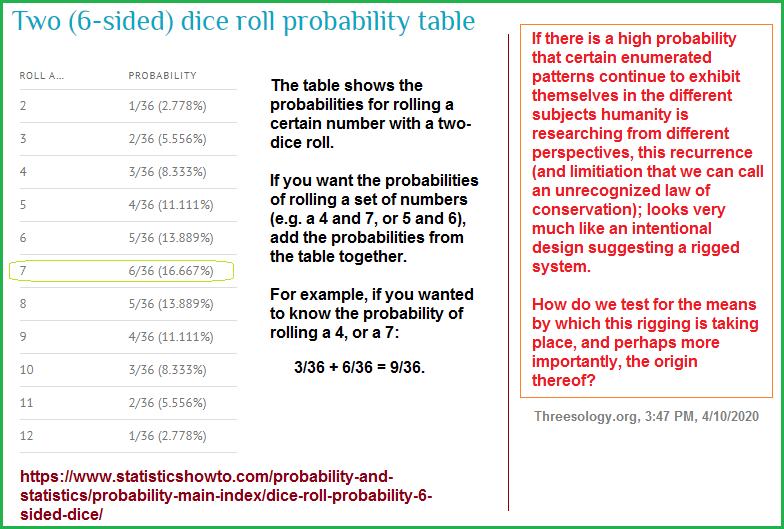page 1
~ The Study of Threes ~
http://threesology.org
| Library Science | ||
| Links page 1 | Links page 2 | Links page 3 |
Here's an itemized list of a few links some readers may find of interest. I initially tried to use an alphabetized format, but don't be alarmed if I diverge from this. My train of thought frequently carries over between multiple subjects.
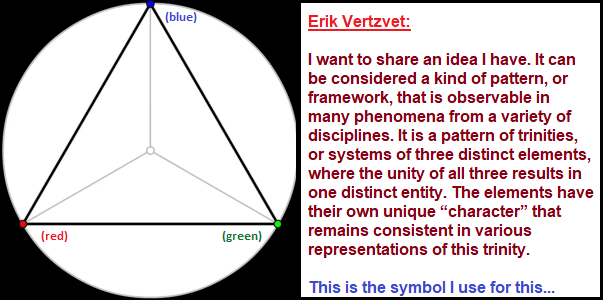
Trinities in Everything by Erik Vertzvet

The Triads of Ireland

The Rule of Three - Melissa Hughes

Books with the Number 3 in the Title
- List of Threes in Human Anatomy (By Dr. McNulty and Associates)
- (Tricyclopedic) Book of Threes (By Michael Eck)

- Nature Seems to Love the Number Three (By M. Mahin)
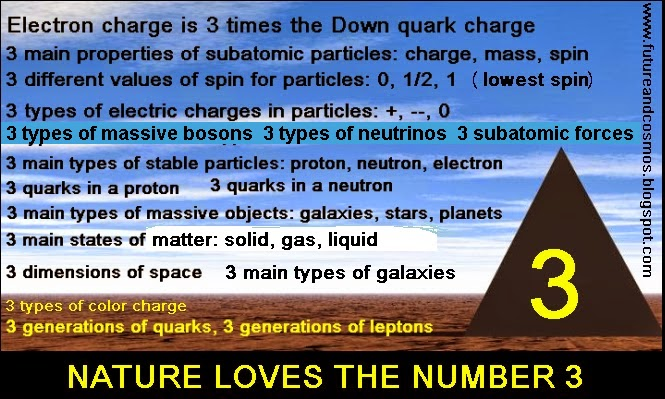
- Biology as Poetry (3-to-1 ratio) (By Dr. Stephen T. Abedon)
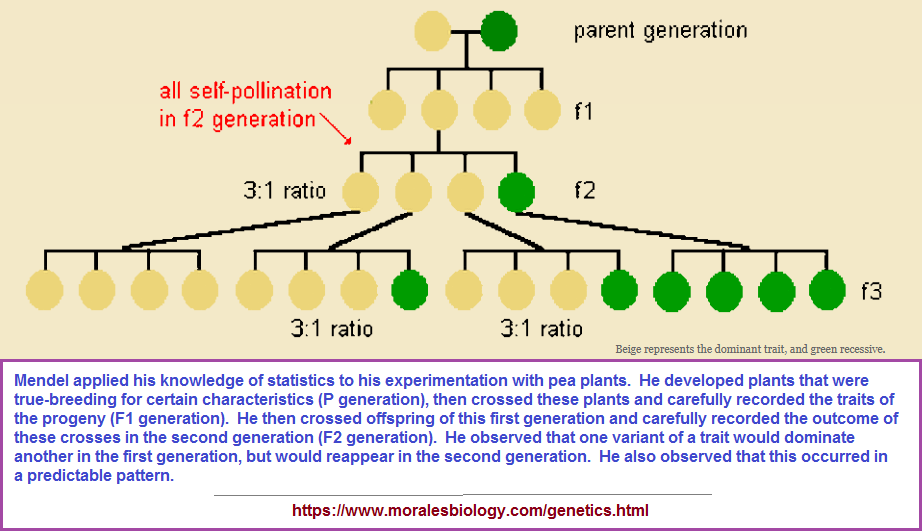
- 3 -2- 1 ratios examples, page A (A diverse collection from multiple subject areas that is of interest to
those with an orientation towards comparing the similarity of cognitive patterning found in the multiplicity of thought processing.)
- Classification: The Three Domain System
- In defence of the three-domains of life paradigm P.T.S. van der Gulik, W.D. Hoff, D. Speijer
- Mr. P's Math Page, The Number three

- Why Russians Love the Number 3 by Michele A. Berdi
- Arnold's Trinities:
Referring to the triple of exceptional Galois groups L2(5),L2(7),L2(11) and its connection to the Platonic solids I wrote: "It sure seems that surprises often come in triples...". Briefly I considered replacing triples by trinities, but then, I didn't want to sound too mystical
The next dream I want to present is an even more fantastic set of theorems and conjectures. Here I also have no theory and actually the ideas form a kind of religion rather than mathematics. The key observation is that in mathematics one encounters many trinities. I shall present a list of examples. The main dream (or conjecture) is that all these trinities are united by some rectangular "commutative diagrams". I mean the existence of some "functorial" constructions connecting different trinities. The knowledge of the existence of these diagrams provides some new conjectures which might turn to be true theorems.
- Phenomenology - Threefoldness (By Tom Van Gelder)
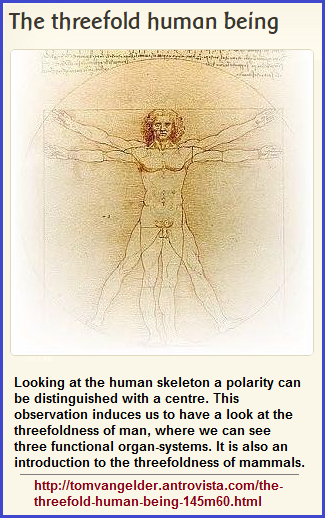
| 3-foldness of man | 3-foldness of mouse - lion - cow | 3-foldness of horse - pig - cow | 3-foldness of Suina | 3-foldness of odd-toed ungulates |
Aristotelian 3 Act structure set in to a modern context: (Aristotle and Three Act Structure by Scott Myers, Jul 1, 2019); (What is the three act structure?):
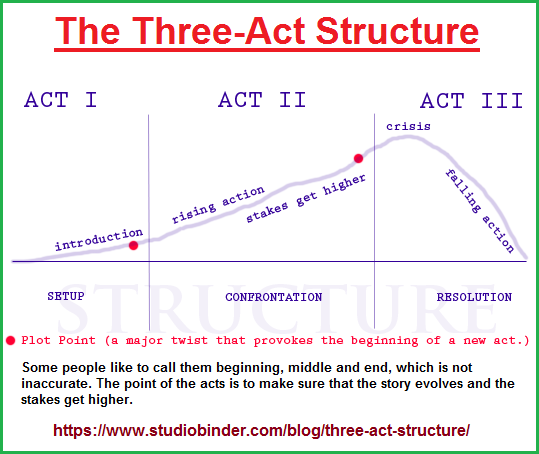 |
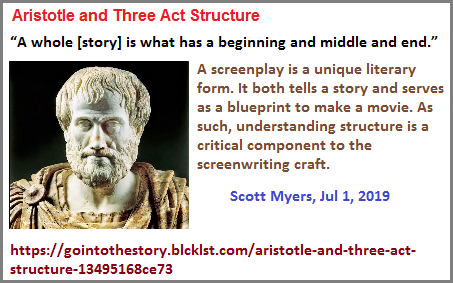 |

- Subatomic Particles Called Anyons (by Anton Petrov)
Note: discussing the presence of "threes" in particle physics does not answer why they occur... or more to the point: Why do we think they occur? Is human physiology "encouraged" to conceptualize the Universe in multiple representations of three-patterned ensembles due to the prevailing Earthly environment from which a supposed three-patterned genetic code has also arisen? Are humans participating in a system that is gamed by the environment as a survival requirement? How do we test for the possibility that our form of consciousness is or is not the result of a "fixed" orientation? Why is the so-called and presumed unlimited "universe" limited in its structure?... in that we humans have come up with three alternative shapes to the Universe:
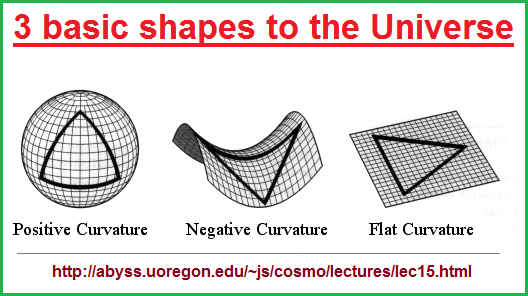
There is also the idea that families of (fundamental) particles come in threes advanced by a species on a third planet from a source of (irradiating solar) energy.
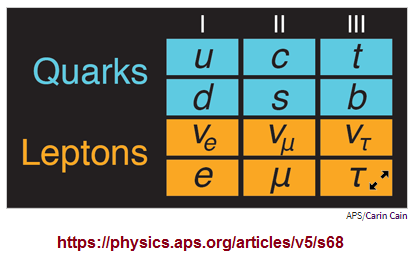
No less, we are a species whose genetics utilizes a 3-patterned code:
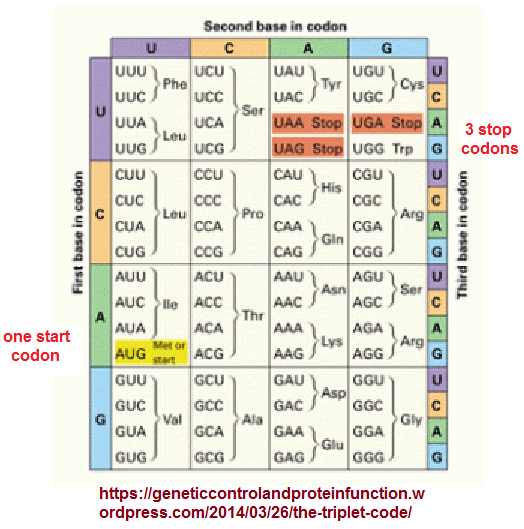
Doesn't this repetition sound like a rigged system... that it is "gamed" by sleight of hand gestures, loaded dice, marked cards, magnetized roulette ball, or a stacked deck?
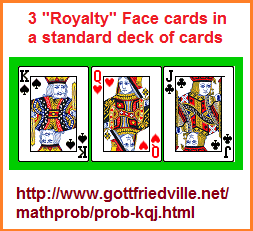
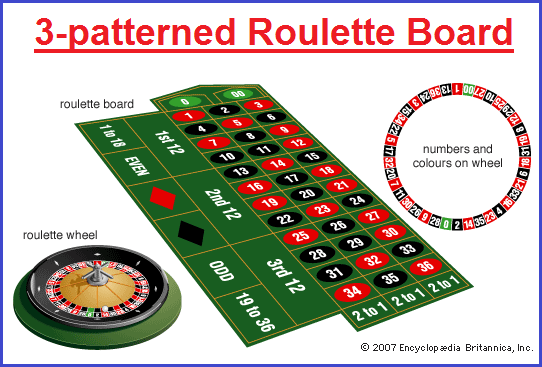
(including the red, black, no color identifiers)
Gaming the system can either be looked upon as a negative activity, or something that is thought to be helpful. Whereas in the case of humanity using numerous "three-patterned" ensembles of different ideas to illustrate their perception of reality, whereby a reality with a recurring three-patterned standard in genetics, physics and other subjects is thought to represent a good Natural Law, it may actually be an insidious mechanism that dupes the species into letting down its guard to an active bait-and-switch gaming tactic being used. Hence, the "god" of Bahia', Buddhism, Christianity, Islam, Judaism, etc., is more accurately seen as the old Norse likable but mischievous character called Loki who might well be considered one of the several Trickster Archetypes. However, in any respect, this does not appear to bode that well for humanity.

Does the "3s" repetition not remind you of the 3-card Monte or 3 shells game3 or even the rock-paper-scissors betting formula? Not to mention there are three so-called Monotheistic religions born in desert environments (and not jungle, aquatic, or otherwise); and that some religions, governments and businesses advance the perspective of a Triune configuration in name and/or functionality such as the 3M company or the Legislative-Judicial-Executive branches of the U.S. government? Or how about the use of three colors on traffic lights, not to mention the 3 University gradations of Bachelor, Master, PhD.
If one attempts to argue that there are other-than-three patterned ensembles, let them take the time to also count the quantity of alternatives in order to recognize that there are only a few that are being used; just like thee table of elements indicates limitation also. While a supposed infinity of numbers exists, this so-called infinity rests on the behavior of repeating a handful of symbols: 0123456789.
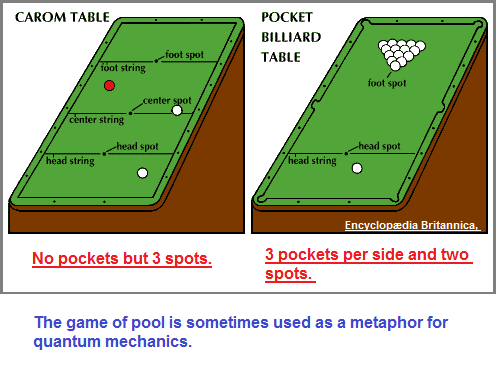
While it may be fascinating for those investing effort and energy in a study of physics to acknowledge the presence of "threes", discussions of such don't answer why it occurs. And this observation, as part of a larger equation involving the presence of "threes" in multiple other subjects, alternatively describes the presence of "threes" in a different perspective requiring a different set of analytical tools. Again, how do we test whether or not humans are being "gamed" by the environment to see reality as we do quite possibly as a mere exercise in attempting to gain and maintain some semblance of an equilibrium in an environment undergoing an incremental deterioration that most people take for granted and even when such information is brought to light, they then become dismissive of it? How do we test for the possibility that humanity may be participating in its own make-believe world creation as a survival mechanism involving extensive and elaborate exercises of rationalization? Will removal of the species from Earth and the Solar system re-create the species to develop a different reality of perception which eventually comes to laugh at the present Earth-born perspective(s) and reveals that humanity is part of a three-patterned joke? A joke in the sense that the punch-line of many jokes comes at the third revelation of content... and thus represents Earth as the Third position.
Is our Brain configured to see the many configurations of "threes" (in different subjects) whereby we only think that particle physics has three generations and is thus three oriented? In other words, have we made it up because we are predisposed towards using this pattern which is influenced by one or more environmental impressions/pressures/influences/constraints...; as a survival mechanism within this particular environment? Does the planet have an as yet unacknowledged three-patterned configuration or have an other-than-three configuration which comes to be exhibited by humans as a three-patterned profile? Are humans being forced into adopting an unrecognized conservation law which predisposes us to see "threes" and thus create a system of validity which supports a physiologically-based influence? Again, how do we test for this?

While we humans think of throwing or tossing two dice, there may be three or one or more... but not two in the actual universal setting, if such a metaphor may be used. The "two" configuration was no doubt established (one might consider) because the designer had a two-object frame of overt social referencing displaying an unacknowledged three-patterned perspective (where only three sides of a cube can be seen at a single time); upon which a pattern-of-three (doubled into a six so that a mystical "7" would thus have to occur no matter how one threw the dice... hence, reveling how an ancient orientation towards a "7" created conditions for gaming the practice) came to be used ... for whatever initial reason that may not be historically recorded and later views are mere imposed guesstimations... However, this begs the question of why everyone doesn't see "three" (as we "Threesologists" do) if it is a dominant imposition; though the DNA in their genetics does see and accommodate itself to a three-patterned configuration. Are we thus dealing with brain development as well; as part of the puzzle; in that more primitive brains are inclined towards an other-than-three orientation— or their particular variety of "threes" is of a more complex design requiring larger periods for illustration and wider areas of examination because of an issue involving an enlarged dimensionality of occurrence and more a extensive memorization aptitude? In other words, a person who appears to be interested in an other-than-three configuration may in fact be viewing a three-patterned ensemble spanning many years and a larger territory, though they are not conscious thereof, but influenced by one or more threes they are subtly seeing nonetheless?
Is the "6" of a single die to be viewed as three 2's or two 3's, or is this a bit of philosophical minutia? Let us look at the history of dice to get a better grasp on their usage as an early form of divination in a rigged system... "rigged" in the sense that the preoccupation with the number seven (due to star configurations and planetary observations), caused dice to be created so that tossing them always revealed a "7" pattern. Hence, the recurring "threes" we are seeing in multiple subjects inclines us to think that the human "system" of existence is being subjected to a rigged state of affairs that must be addressed since we do not like being treated as domesticated beast of burdens led around by the nose... even though many in business, politics and religion like this style of existence... just like some professional cyclists like playing the role of a "Domestique".
Dice: singular die
Small objects (polyhedrons) used as implements for gambling and the playing of social games. The most common form of die is the cube, with each side marked with from one to six small dots (spots). The spots are arranged in conventional patterns and placed so that spots on opposite sides always add up to seven: one and six, two and five, three and four. There are, however, many dice with differing arrangements of spots or other face designs, such as poker dice and crown and anchor dice, and many other shapes of dice with 4, 5, 7, 8, 10, 12, 16, and 20 or more sides. Dice are generally used to generate a random outcome (most often a number or a combination of numbers) in which the physical design and quantity of the dice thrown determine the mathematical probabilities.
(H.O.B. note: Don't overlook the three arrangements of dice to yield "7", and not to mention that the use of playing cards may well have had their initial origin in divination as well, with a remnant thereof called tarot cards.).
In most games played with dice, the dice are thrown (rolled, flipped, shot, tossed, or cast), from the hand or from a receptacle called a dice cup, in such a way that they will fall at random. The symbols that face up when the dice come to rest are the relevant ones, and their combination decides, according to the rules of the game being played, whether the thrower (often called the shooter) wins, loses, scores points, continues to throw, or loses possession of the dice to another shooter. Dice have also been used for at least 5,000 years in connection with board games, primarily for the movement of playing pieces.
History
Dice and their forerunners are the oldest gaming implements known to man. Sophocles reported that dice were invented by the legendary Greek Palamedes during the siege of Troy, whereas Herodotus maintained that they were invented by the Lydians in the days of King Atys. Both inventions have been discredited by numerous archaeological finds demonstrating that dice were used in many earlier societies.
The precursors of dice were magical devices that primitive people used for the casting of lots to divine the future. The probable immediate forerunners of dice were knucklebones (astragals: the anklebones of sheep, buffalo, or other animals), sometimes with markings on the four faces. Such objects are still used in some parts of the world.
In later Greek and Roman times, most dice were made of bone and ivory; others were of bronze, agate, rock crystal, onyx, jet, alabaster, marble, amber, porcelain, and other materials. Cubical dice with markings practically equivalent to those of modern dice have been found in Chinese excavations from 600 BCE and in Egyptian tombs dating from 2000 BCE. The first written records of dice are found in the ancient Sanskrit epic the Mahabharata, composed in India more than 2,000 years ago. Pyramidal dice (with four sides) are as old as cubical ones; such dice were found with the so-called Royal Game of Ur, one of the oldest complete board games ever discovered, dating back to Sumeria in the 3rd millennium BCE. Another variation of dice is teetotums (a type of spinning top).
It was not until the 16th century that dice games were subjected to mathematical analysis by Italians Girolamo Cardano and Galileo, among others and the concepts of randomness and probability were conceived (see probability and statistics). Until then the prevalent attitude had been that dice and similar objects fell the way they did because of the indirect action of gods or supernatural forces.
Manufacture
Almost all modern dice are made of a cellulose or other plastic material. There are two kinds: perfect, or casino, dice with sharp edges and corners, commonly made by hand and true to a tolerance of 0.0001 inch (0.00026 cm) and used mostly in gambling casinos to play craps or other gambling games, and round-cornered, or imperfect, dice, which are machine-made and are generally used to play social and board games.
Cheating with dice
Perfect dice are also known as fair dice, levels, or squares, whereas dice that have been tampered with, or expressly made for cheating, are known as crooked or gaffed dice. Such dice have been found in the tombs of ancient Egypt and the Orient, in prehistoric graves of North and South America, and in Viking graves. There are many forms of crooked dice. Any die that is not a perfect cube will not act according to correct mathematical odds and is called a shape, a brick, or a flat. For example, a cube that has been shaved down on one or more sides so that it is slightly brick-shaped will tend to settle down most often on its larger surfaces, whereas a cube with bevels, on which one or more sides have been trimmed so that they are slightly convex, will tend to roll off of its convex sides. Shapes are the most common of all crooked dice. Loaded dice (called tappers, missouts, passers, floppers, cappers, or spot loaders, depending on how and where extra weight has been applied) may prove to be perfect cubes when measured with calipers, but extra weight just below the surface on some sides will make the opposite sides come up more often than they should. The above forms of dice are classed as percentage dice: they will not always fall with the intended side up but will do so often enough in the long run for the cheaters to win the majority of their bets.
A die with one or more faces each duplicated on its opposite side and certain numbers omitted will produce some numbers in disproportionate frequency and never produce certain others; for example, two dice marked respectively with duplicates of 3-4-5 and 1-5-6 can never produce combinations totaling 2, 3, 7, or 12, which are the only combinations with which one can lose in the game of craps. Such dice, called busters or tops and bottoms, are used as a rule only by accomplished dice cheats, who introduce them into the game by sleight of hand (switching). Since it is impossible to see more than three sides of a cube at any one time, tops and bottoms are unlikely to be detected by the inexperienced gambler.
Let us consider the possibility that although we can perceive roundness, such as the shape of the planet Earth (which is actually a triaxial ellipsoid), we are nonetheless working from the perspective of a cube designated as having three sides which we refer to three common states of matter (solids, liquids, gases) or/and three spatial dimensions commonly referred to as length, width, height, though other terms may be used depending on context. Such a 3 X 3 configuration is a six. It's as if varying interpretations of reality are visually flipping a pair of dice, reading Braille, using the dot space dash of Morse code as an illustration tool; walking about in a tripod gait with six insect legs. To me, it stands to reason that string theory is either a loose thread of the Universe's fabric, or it is the string dangling from a ball of twine, spool of thread or skein of yarn because it is being played with by Shrodinger's cat.
Yet another form of cheating with dice produces controlled shots, in which one or more fair dice are spun, rolled, or thrown so that a certain side or sides will come up, or not come up, depending on the desired effect. Known by such colourful names as the whip shot, the blanket roll, the slide shot, the twist shot, and the Greek shot, this form of cheating requires considerable manual dexterity and practice. Fear of such ability led casinos to install tables with slanted end walls and to insist that dice be thrown so as to rebound from them.
Dan Glimne: Writer and game designer. Author of Pokerhandboken, among others.
Source: "dice." Encyclopædia Britannica Ultimate Reference Suite, 2013.
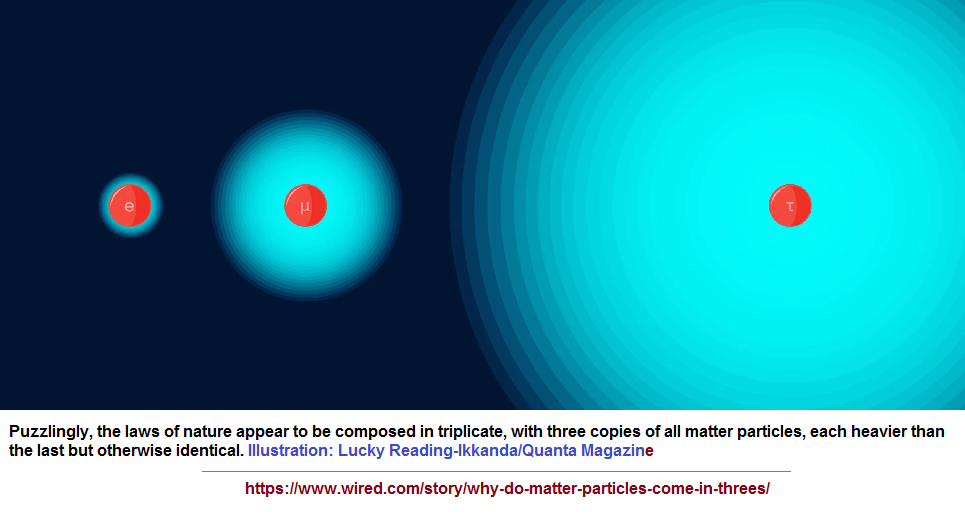
With respect to the uncertainty principle... If it is a certainty... than this rates as a probability consistent with a statistic that is predictable. Predictability confirms the notion of a system that is rigged... or at least we humans being subjected to a system that expects conformity and compliance, like a production line filled with materials to be used for constructing or shipping a product or trash heading towards a compactor or incinerator. The concept of a god is like a routine sticker or stamp being used by those who think to impose their version of a quality control procedure.
When speaking of the underlying patterns in dice and other games illustrated by some number symbolism, we should include a reference to the similarities of ideation found in other exercises as well, in order not only to show a cognitive similarity being played out, but that because of this, communication of alternative ideas could well be blockaded from being developed, much less expressed, because of the constraints being used, which articulate as a repetitive gaming situation:
- Dice: (cubes/blocks) 3 dice, 6 dots
- Dominoes: (blocks/rectangles) two halves, 6 dots
- Morse Code: two columns (letters and numbers), dots and dashes with spaces
- Braille: left to right reading in English; 3 rows of 3 dots; 6 dots total
- History of Braille
- Braille Alphabet
- Braille is not a different language (Perhaps not when viewed in a conventional sense, but as an illustration of an unrecognized cognitive profile which appears to be repeating as part of a gamed system, it is.)
- Definition of Braille
- Unified English Braille (Motion to Adopt UEB Passed by The Braille Authority of North America on November 2, 2012.)
- Louis Braille (Did he play games and this is where he got his idea from?)
- Simplified political ballot slip: Two columns designating two major political parties such as Democrats and Republicans (though a write-in option may be available, thereby designating a third "column".. though multiple columns may be put into usage depending on the character of the overall election profile.). Lists of candidates may be limited to one or two people by a process of (gamed) elimination such as in the case of a Presidential election. Other ballots may display multiple candidates vying for a single position, but multiple issues may be the rule-of-thumb covered in a single ballot sheet. While the setup appears to be logical and quite rational, the underlying character profile exhibiting a similarity to games, stands to offer the consideration that the people are being subjected to an unrecognized gaming formula. In other words, the "house" or system-in-place is the major beneficiary to promote a "standardized status quo" and does not favor the people whose collective view rarely advances to the stage of an actual Referendum that has not been subjected to a process of gaming involving signature collections, time constraints, etc...
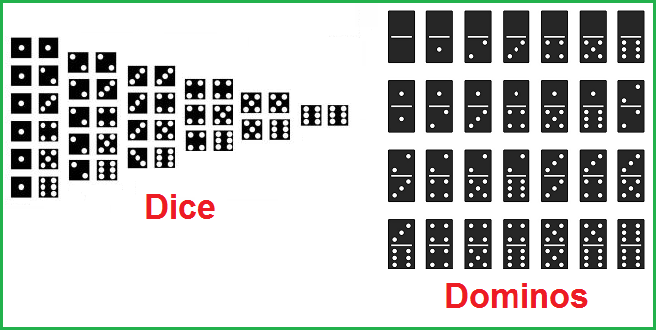 | |
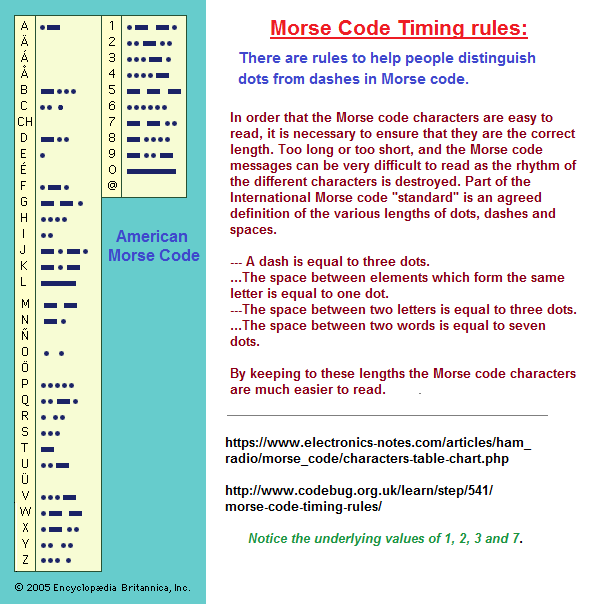 |
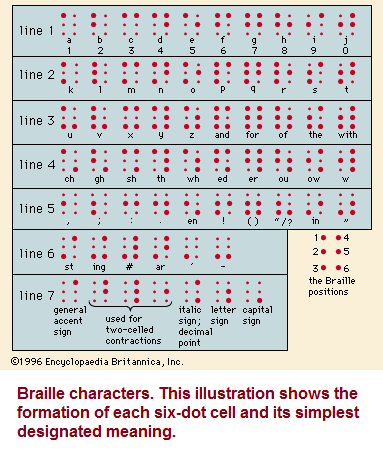 |
With respect to the rigged voting system that some may want to argue is of benefit to the people, this is like a Casino telling its customers it wants everyone to feel and think they have a chance of being rewarded... though very few actually reap any benefits, equalized or otherwise.
With respect to physics, the Universe and gaming, Einstein (followed by others), had this to say:
Einstein used a metaphor stated as: "God does not play dice with the Universe".
Quantum mechanics is certainly imposing. But an inner voice tells me that this is not yet the real thing. The theory says a lot, but does not bring us any closer to the secrets of the "Old One." I, at any rate, am convinced that He is not playing at dice.
John Ford (American movie director) said: "Not only does God play dice with the universe, He's using loaded dice."
Stephen Hawking said: Not only does God play dice, but... he sometimes throws them where they cannot be seen.
Neil Gaiman and Terry Pratchett, Good Omens: God does not play dice with the Universe. He plays an ineffable game of His own devising, which might be compared, from the perspective of any of the other players, to being involved in an obscure and complex version of poker in a pitch-dark room, with blank cards, for infinite stakes, with a Dealer who won't tell you the rules, and who smiles all the time.
Paul Erdos: God may not play dice with the universe, but something strange is going on with the prime numbers.
Quotes came from:
Here's a short list of alternative views: Top 21 Dice Einstein Quotes
- Examining the Triple Code Model in numerical cognition: An fMRI
study by Mikael Skagenholt, Ulf Träff, Daniel Västfjäll, Kenny Skagerlund: PLOS; Published: June 28, 2018
- Mathematical Dimensions of Rhetoric: Three is the dominant
numerical motif (By Dr. Allen H. Merriam)
- "The Third Way of Evolution"(By James Shapiro, Raju Pookottil, and Denis Noble)
- Three faced by James Pero, Mechanical Engineering Magazine, Jan 21, 2016
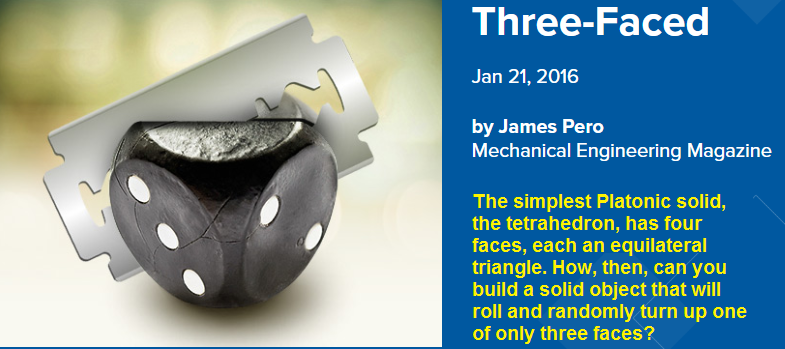
Page Originated: Thursday, 13th September 2018... 8:02 AM
Initial Posting: Thursday, 13th September 2018... 8:37 AM
Updated Posting: Monday, 2nd Dec., 2024... 7:39 AM
